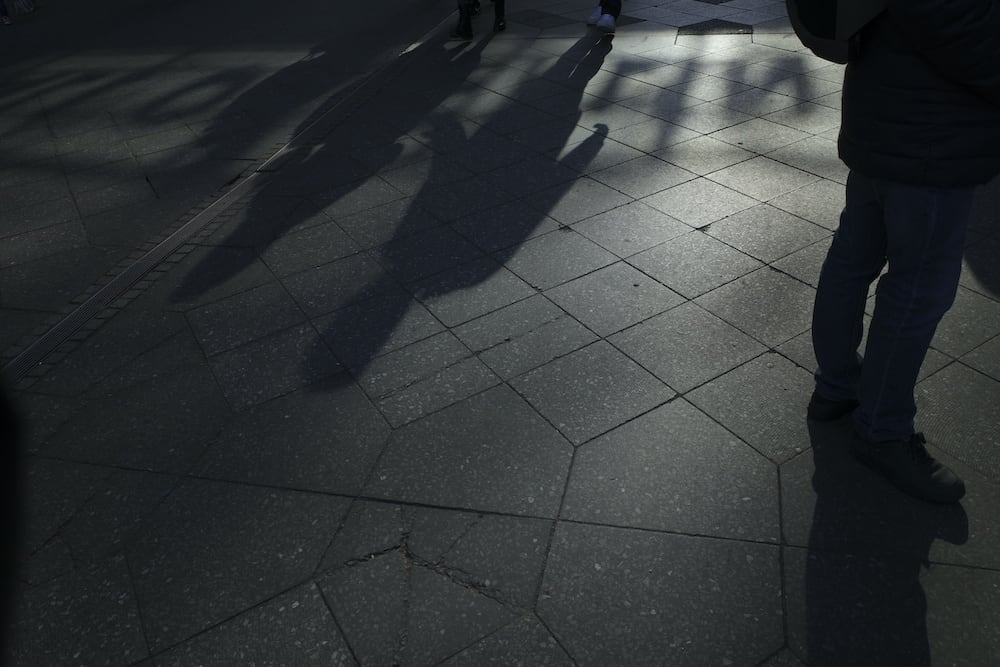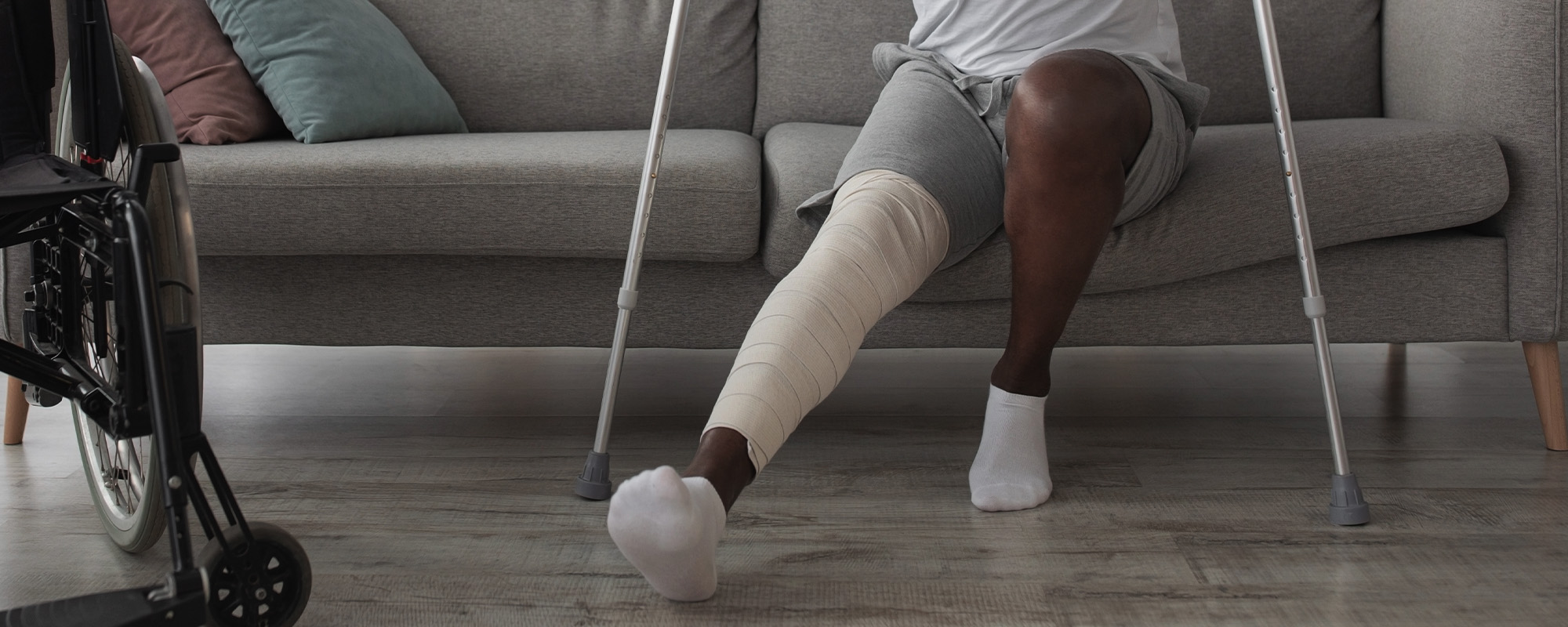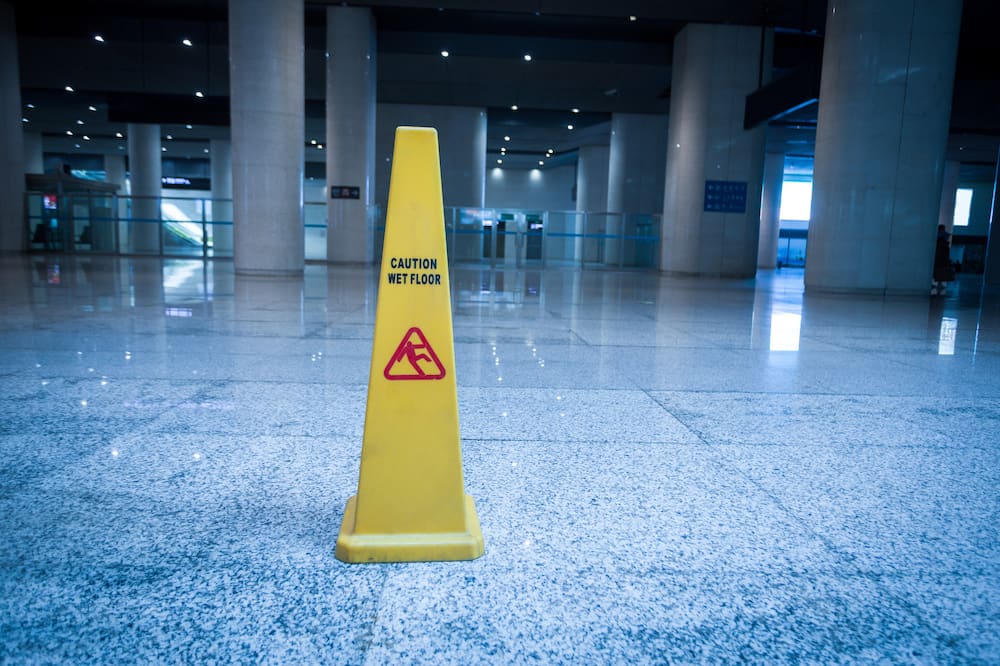

The forces involved in a car accident are unpredictable and often harsh. Frequently, they are too much for the bones to bear. Broken bones and fractures in car accidents are all too common. When they happen, an injured person may experience considerable pain — and struggle for weeks, months, or even years with the results of the injury.
If you’ve suffered broken bones in a car accident, you already know how many things you’ve had to learn to do differently — or ask someone else to do for you — due to your injuries. You know how it feels to juggle doctor’s appointments while you worry about how to cover work, chores, and other obligations. And you know what it’s like to deal with the stress, delay, and hassle of insurance companies.
What you may not know is that you don’t have to go it alone. Working with an experienced New York car accident lawyer, like Scott Zlotolow and the team at Zlotolow & Associates, can take much of the burden of fighting for compensation off your shoulders, so you can focus on healing. Schedule a free consultation with our team now to learn how we can help.
A broken bone is also known as a “fracture.” Fractures range from tiny “hairline” fractures that appear as small cracks in the bone, to complicated “compound” fractures in which the bone breaks entirely and the two halves are pushed apart from one another, perhaps piercing the skin. According to the National Institutes of Health, car accidents are one of the most common causes of broken bones.
Some fractures are immediately obvious, especially if the bone pierces the skin or has become obviously deformed beneath the skin. Others, however, may not be apparent until symptoms appear in the hours following an accident. X-rays may be required to determine whether the bone is really broken. Symptoms of a broken bone include:
Because the body will attempt to heal a broken bone as soon as it occurs, victims should seek prompt medical care. This will allow your doctor to make sure the bone “sets,” or heals, properly. Bones that are not set properly may cause greater pain and movement limitations in the future than bones that receive proper medical treatment.
The body of an adult human contains 206 bones. Children’s bodies contain additional bones, which “fuse” into their adult form as the child grows. Although a bone may break at any age, children and elderly adults, as well as adults with bone conditions like osteoporosis, are at a greater risk of fractures because their bones often lack the strength and hardness of a young adult’s bones.
Some types of bone fracture injuries in car accidents are more common than others. Some of the most common broken bones suffered in car accidents include:
The leg contains three primary bones: the tibia and fibula, which are the two bones in the lower leg, and the femur, which is located in the thigh and is typically the longest bone in the human body. Because our legs support us while we walk and run, the bones of the leg are among the strongest in the body. They are not indestructible, however.
Broken legs from car accidents can cause considerable pain. Often, surgery is required to ensure that the bone is set properly. Pins, screws, or plates may be inserted to keep the bone in place as it heals. The injured person may spend weeks or even months in bed, in a wheelchair, or on crutches. Once the bone has healed and the cast is removed, a period of physical therapy is often required to help the muscles regain their strength.
Because of the sitting position most people are in at the moment of impact in a crash, broken legs may be accompanied by other broken bones. For instance, an injured person may also suffer a hip fracture or fractures of the ribs. If multiple fractures occur, the time it takes to heal — and the complexity of the injuries —increases.
A study archived by the National Highway Traffic Safety Administration (NHTSA) examined the effect of various forces on leg bones. Researchers found that in a car accident, it takes less force than one might expect to bend or break bones — about 100 to 500 newtons (N), or slightly more than the force of the human bite.
The arms are also a common site of bone fractures in car accidents. Like the leg, the arm contains three bones. The humerus runs from the shoulder to the elbow, while the lower arm contains two bones: the radius and the ulna.
Although arm fractures rarely result in the loss of mobility that leg fractures can cause, they can greatly complicate an injured person’s life. The injured person typically loses most or all of the use of his or her arm, which may be immobilized in a cast or sling, until it heals. Multiple doctor’s appointments are often scheduled to monitor the progress of healing, and physical therapy may be prescribed to help the injured person regain hand and arm strength even after the bone has healed.
A 2007 study in the journal Injury found that about one in every four car accident injuries is an arm fracture. While examining patient data from car accidents, however, the researchers discovered an unexpected pattern. For drivers, half of all arm injuries were broken bones. For passengers, this number dropped to one-third. Researchers linked this increase in the risk of a broken arm for drivers to the increased use of airbags in vehicles.
The type of impact also affected whether the bones of the arm or shoulder were broken. The researchers discovered that side-impact accidents were more likely to cause broken bones in both drivers and passengers than front-impact crashes were.
The ribcage is located in the chest and encases several vital organs, including the heart and lungs. Its purpose is to provide protection for these organs, as well as to provide structural support for the chest cavity.
Broken ribs are often considered relatively “minor” compared to other types of car accident injuries, especially when a patient who has one or more broken ribs also has a serious injury like a broken leg or a brain injury. However, as a 2008 study published in the Annals of Advanced Automotive Medicine revealed, rib fractures can be serious — even deadly.
The study examined over 181,000 cases stored in the National Trauma Databank involving people who suffered rib fractures in auto accidents. Researchers discovered that when rib fractures were severe, the risk of additional injuries like punctured lungs, as well as the risk of death, increased sharply. When fractured ribs were identified and treated promptly, the risk decreased.
A rib fracture can make one of the simplest essential life activities — breathing — painfully difficult. It can limit mobility and require an injured person to stick to bed rest, no matter what other demands are knocking on the door. Like other broken bones in car accidents, rib fractures need medical treatment and care.
At Zlotolow & Associates, our experienced New York City car accident lawyers have been fighting for more than 20 years to secure every dime of compensation our clients deserve. We know how devastating a bad broken bone or other car accident injury can be, so we never rush a claim or settle for less than our client deserves just to move on to the next case. If you’ve sustained broken bones or fractures in your car accident, we are here to help. Contact our office today to schedule a free, confidential consultation and to learn more about pursuing the compensation you need after a serious auto accident.



© 2024 Zlotolow & Associates. All rights reserved.